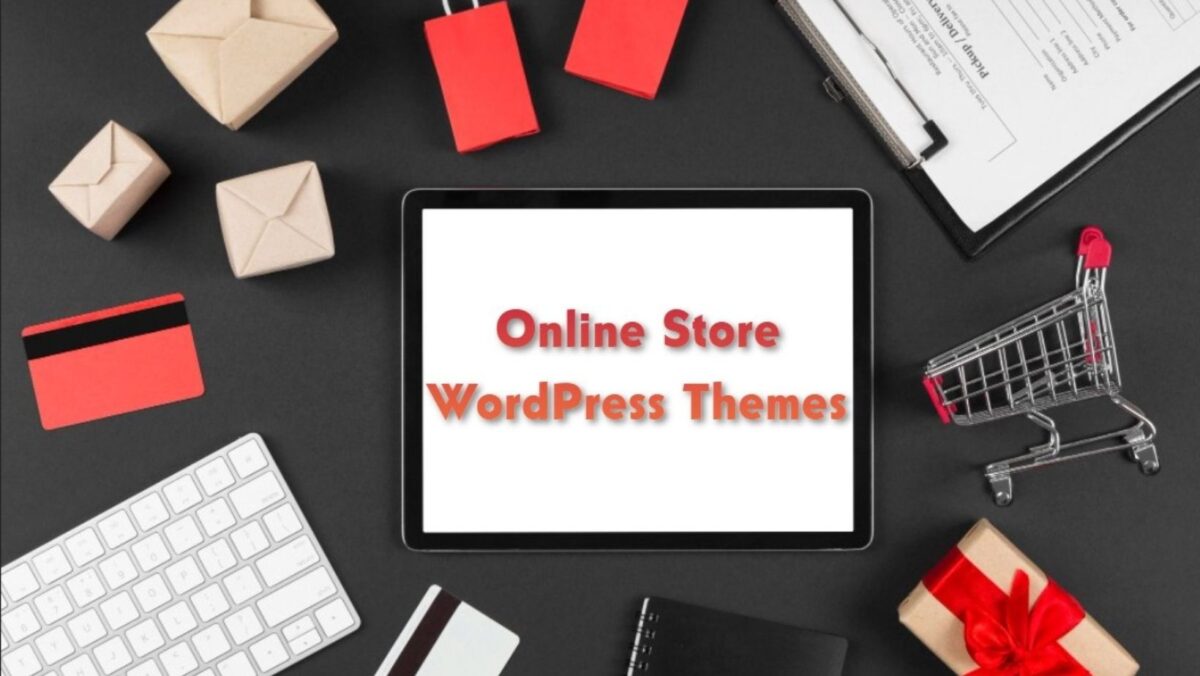Have you ever felt stuck in an endless cycle of trying to get an online store off the ground? Many retailers spend weeks or months trying to establish a dream online boutique. But they run into a brick wall whenever they locate what looks like the ideal theme for their WordPress shops. Frustrating, right?
Not to worry, however, since today we’re going right into the heart of e-commerce WordPress themes and how they can revolutionize your webshop. Finding the right template may help a store take wing and fly off into success.
Let’s go then and solve this riddle—just what kind of designs can propel a site to the enviable ranks of best-designed websites? Board your seats and buckle up! We’re going for a ride through how you can use online store WordPress themes from TemplateMonster or other digital giants to take your e-commerce operation to lofty heights.
What Is the Role of WordPress Templates for Online Shops?
When it comes to online sales, however, appearances count—a lot. It’s similar to walking into a brick-and-mortar store: if the place is messy or out of date, you probably won’t stick around to shop. Here’s where the right design can make a difference. Just think of it like the attire your store dresses up in.
However, it is not simply a matter of prettiness. The true MVP is user experience. Conversely, if your online store needs to be clearer and takes an age to load, people will likely leave and go somewhere else. And guess what? It directly affects sales. Customers are looking for a smooth ride, easy navigation, fast load times, and an interface that doesn’t have them scratching their heads.
Now, we come to a discussion of WordPress themes. They’re like a magic potion for the success of your e-commerce site and like a red-carpet rollout for your customers—an enjoyable bonus that keeps them coming back for more.
Web design is not to be taken lightly for online stores. Indeed, shopfront aesthetics cater to the aesthetic user experience. Therefore, having a trendy WordPress template with an up-market fashion sense is important. Your customers will appreciate it.
Considerations in Selecting Web Layout
There are naturally a few things to remember when it comes time to choose one.
● First, customization is key. Adjusting your design on your own is like having a canvas and paints—you want it to feel just right. The flexibility of layout is where the real magic lies. So, you have some cool ideas and need a layout that’s flexible to fit your style.
● The second is responsiveness. This is particularly important in this era of the mobile Internet. Think about it: everyone’s on their phones. Then your website must look awesome on any screen. It is there that mobile-friendly designs can come to the rescue. Who wants to pinch and zoom their way through a page? Thus, a template that seems to enjoy changing faces with each device is a win.
● So now let’s get to the question of whether or not it is search engine-friendly. Not only do you have to be seen, but you must also look good.

Theming with an eye to SEO can give your site a leg up in search engine rankings. In other words, more eyes on your article, visitors, and clicks tell the search engines that you are loved. It’s like hanging up a beacon flashing, ‘Look at me, Google!’
Recommendations for Implementing and Further Improving Themes
Setting up a web template can be life-changing. Let’s break it down into two parts: figuring out how to get it up and running and transforming it into a powerful sales machine.
Installation and Setup
● Step-by-Step Installation: The first step is downloading a template zip file and entering your WordPress dashboard. Go to “Appearance” and click “Themes.” Then hit “Add New,” select a zip file, and activate it. Easy peasy!
● Customization Options Walkthrough: Open the customization panel. Here, you are presented with many options, most of which concern the design. Control these settings according to your brand preference: colors, fonts, layout, and header or footer. In addition, don’t forget to play around with customizing widgets and menus.
Optimization for Sales
● Conversion-Centric Elements: CTAs are your best salespeople. Make ’em pop! Position them where they will catch the eye but not be irritating, either on the last line of a product description or one that remains in view even when scrolling.

● Product Showcase Magic: Got killer products? Show ’em off! For example, sliders, grids, or carousels–choose which one is best at selling your products. High-resolution images and short descriptions also make all the difference.
● Speed & Bounce Rates: Nobody likes to wait for a site to load. Test your site using speed testing tools like GTmetrix or Google PageSpeed Insights. Compressing the images, installing caching plugins, and keeping others in check are the answers. Also, declutter! A clear and friendly site will reduce bounce rates.
Design is like a better-looking dress for your website. Choose the right one, polish it carefully, and your sales will soar!
Conclusion
Your WordPress theme isn’t just for looks. Functionality, the user experience, and how you present your products are all important factors. In a nutshell, the choice of web design is key.
Perhaps just one theme switch is what it takes to turn your online store into a success. Between all the different templates, you’ll find one tailor-made for your special brand and products. Test a few and see how they fit you. See your site come to life!

